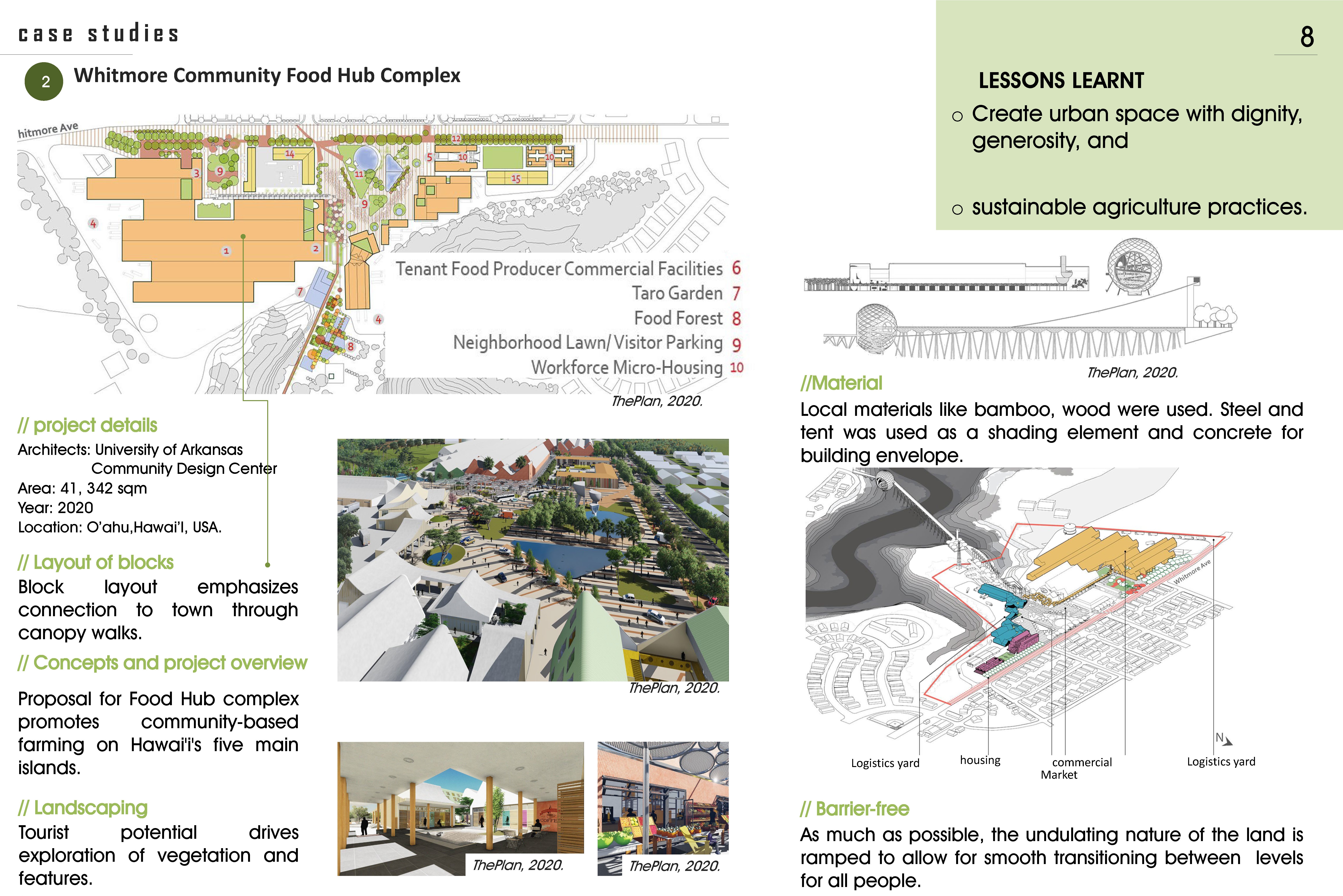1. Identify best practices and lessons learned
2. Analyze successes and failures
3. Evaluate design decisions and their consequences
4. Develop new design strategies and solutions
5. Inform and improve future architectural projects
Components of a case study:|
Always ensure to develop a criteria for case study to avoid diverting or deviation
1. Introduction (project overview, context, objectives)
2. Design concept and process
3. Building description (layout, materials, systems)
4. Analysis and evaluation (technical, social, environmental)
5. Lessons learned and conclusions
6. Recommendations for future improvements
7. References and bibliography
Sample case studies based on Criteria:
Types of architectural case studies:
1. Building typology studies (e.g., schools, hospitals, residential)
2. Contextual studies (e.g., urban, rural, historical)
3. Material and construction studies (e.g., sustainable materials, innovative structures)
4. Design methodology studies (e.g., parametric design, biomimicry)
5. Post-occupancy evaluations (POEs) (assessing building performance and user satisfaction)
Benefits of case studies:
1. Inform design decisions with real-world examples
2. Improve building performance and user experience
3. Enhance sustainability and environmental responsibility
4. Foster innovation and creativity
5. Develop critical thinking and analytical skills
Examples of architectural case studies:
1. Frank Lloyd Wright's Fallingwater
2. Le Corbusier's Villa Savoye
3. Mies van der Rohe's Farnsworth House
4. Sustainable buildings like the Sydney Opera House or the California Academy of Sciences
5. Historical preservation projects like the restoration of the Colosseum or the Taj Mahal
Sources for case studies:
1. Architectural journals (e.g., Architectural Review, Architecture Record)
2. Academic publications (e.g., Journal of Architectural Education)
3. Online databases (e.g., ARCHiNSIGHT, ArchDaily, Dezeen)
4. Professional organizations (e.g., Ghana Institute of Architects, RIBA Journal,American Institute of Architects)
5. University and research institution websites.












